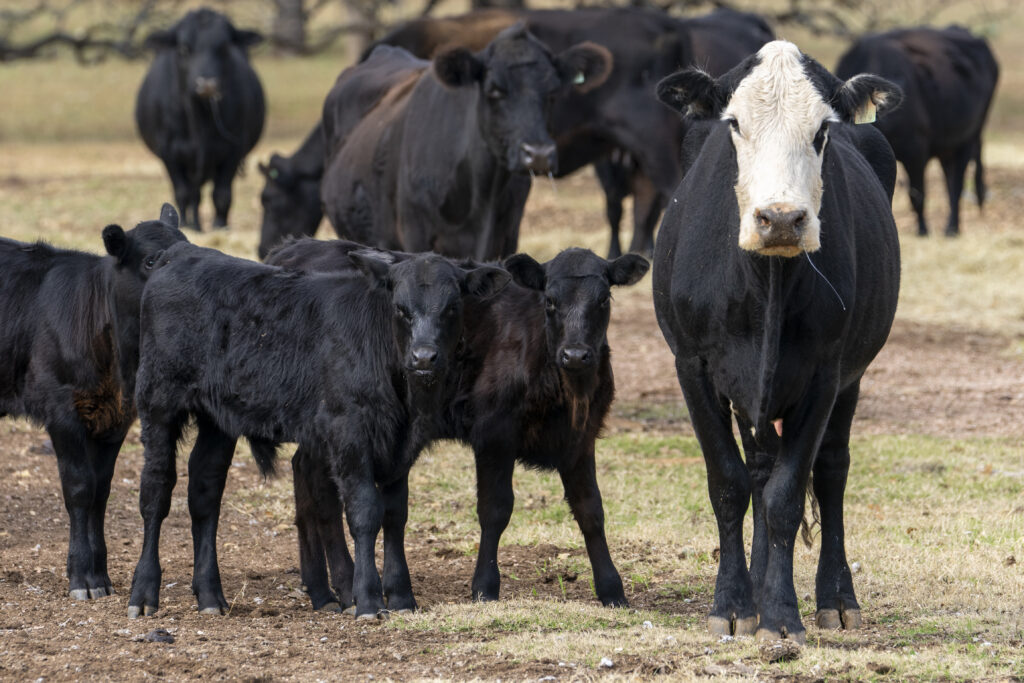In January, the Food & Drug Administration (FDA) released specific details on a change to how certain antibiotics for animal use may be purchased. As of June 11, 2023, a number of veterinary antibiotics considered “medically important antimicrobials” previously sold over the counter will require a veterinary prescription in order to purchase. Here are answers to some common questions surrounding this new rule.

Photo via Michael Miller/Texas A&M AgriLife Marketing and Communications
What is the new rule? The Food and Drug Administration’s CVM GIF #263 makes changes to the availability of certain over the counter antibiotics for livestock and companion animals. Specifically, the rule applies to “medically important antimicrobials.” These are drugs essential to human medicine that are also used to treat animals. Drugs falling within this definition will no longer be available for over the counter purchase. Instead, a prescription from a licensed veterinarian will be required. In order to obtain a prescription from a veterinarian, producers will need to establish a “veterinary-client-patient relationship (VCPR).” To see the statutory definition of a VCPR in each state, click here. In Texas, this requires the veterinarian to: (1) assume responsibility for medial judgments regarding the health of an animal and a client, who is the owner of the animals, who agrees to follow the veterinarian’s instructions; (2) possess sufficient knowledge of the animal to initiate at least a general or preliminary diagnosis of the animal’s medical condition; and (3) is readily available to provide, or has provided, follow-up medical care in the event of an adverse reaction to or failure of therapy provided by the veterinarian.
Which medications are affected? There are a number of affected medications including: Penicillins, Tetracyclines, Sulfa antibiotics, Erythromycin, Tylosin, Lincomycin, Spectinomycin, Gentamicin. For a complete list of affected products and manufacturer information, click here.
Which medications are not impacted? There are certain products to which the new rule does not apply including: Vaccines, dewormers, pre- and pro-biotics, and nutrition supplements.
When does this new rule go into effect? The target date announced by the FDA is June 11, 2023. This is the date by which FDA plans to introduce the new prescription-required labels on these products.
How will I obtain these medications after June 11? After June 11, a producer will need to have a prescription for these drugs. Producers will also have to be purchase these drugs either from a veterinarian or a distributor allowed to sell prescription drugs.
Will this increase the price of the impacted medications? That remains to be seen. However, for producers without a VCPR, there will likely be additional costs in establishing that relationship.
How is this different than the Veterinary Feed Directive? The Veterinary Feed Directive, passed in 2017, applied to medically important antibiotics administered in animal feed and water. This new rule applies to other forms of medically important antibiotics, such as injectable forms, topicals, and boluses, for example.
What should a producer do at this point? The first step for many producers should be to conduct an inventory of what drugs they are currently using and to determine which of those will be affected by the new rule. Next, producers should take the time to create a VCPR. Going forward, this relationship will be critical to obtain the impacted medications through a prescription. Another important consideration, particularly for producers in more remote areas, is to determine where these products will be able to be purchased after June 11. One thing experts advise producers not to do is stockpile these medications now because these medications have expiration dates and can have stringent handling and storage requirements.
Where can we find additional information? The FDA has a Frequently Asked Questions page available here.












